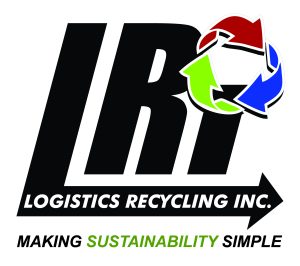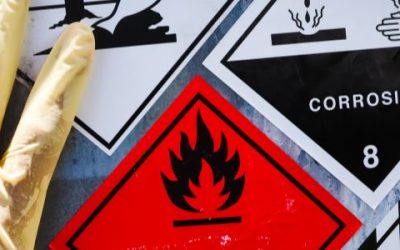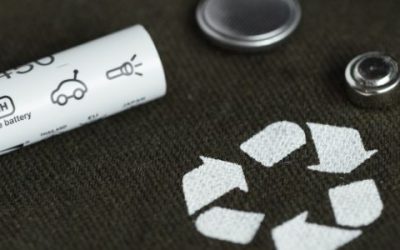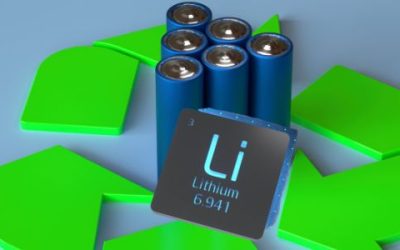Download this free poster: DON’T FLUSH HAZARDOUS PHARMACEUTICALS. It’s a helpful reminder to healthcare staff to follow the EPA Sewer Ban, which went into effect August 21, 2019.
By now, no one should pour any hazardous pharmaceuticals down the drain. It doesn’t matter whether your facility is on septic or sewer. Flushing hazardous waste in a sink or toilet may result in a fine.
No Need to Rinse Hazardous Containers
If your facility is still triple rinsing pharmaceutical hazardous containers, you no longer need to do so. That is because EPA’s laws around RCRA empty containers mean that residues inside of them from acute and non-acute hazardous pharmaceuticals are no longer regulated as hazardous waste.
Nowadays, many healthcare facilities are having their staff throw the whole container in a hazardous waste bin.
These Five Hazardous Pharmaceuticals Require Special Attention
According to the EPA, these five hazardous pharmaceutical wastes are also DEA controlled substances:
- Chloral/Chloral Hydrate (Acetaldehyde, Trichloro, Aquachloral, Noctec, Somnote, Supprettes)
- Fentanyl sublingual spray (Subsys)
- Phenobarbital (Bellergal-S Donnatal Luminal)
- Testosterone gels/solutions (Androgel Axiron Foresta, Testim)
- Valium gel/injectable (Diazepam, Diastat)
They are exempt from RCRA if they are:
- Not Flushed Down the Drain
- Managed in Compliance with DEA Regulations
- Destroyed by a method that the DEA has deemed in writing to meet their non-retrievable standards, or
- Combusted at one of the following types of permitted facilities
- Large or Small Municipal Waste Combustor (MWC)
- Hospital, medical and infectious waste incinerator (HMIWI)
- Commercial or industrial waste incinerator (CISWI) or
- Hazardous Waste Combustor
Facilities often work with a DEA Registrant to handle these wastes. Many use a chemical destruction device, following DEA guidelines.
While these devices make these DEA controlled substances non-retrievable, they still must be safely disposed of in accordance with state, local, federal and tribal guidelines. In Wisconsin, if devices contain the above listed hazardous pharmaceuticals, they must be thermally destroyed at a licensed treatment facility.
Note that sequestration devices that have only non-hazardous materials in them have different state disposal guidelines. Follow your facility’s plan for their disposal.
Do I Need to Follow Sewer Ban At My Facility?
Wondering if the sewer ban applies to your healthcare facility? Nearly 1.4 million healthcare facilities need to follow the sewer ban. Retail pharmacies, hospitals, dentists, nursing homes, veterinary clinics and more must comply with it. Most likely, yours does too.
The sewer ban is part of EPA’s efforts to finalize management standards for hazardous waste pharmaceuticals. It focuses on those that are generated at healthcare facilities and managed at reverse distributors. Plus, it should have a positive impact on our environment.
Sewer Ban Helps Save our Ecosystems
Studies show pharmaceuticals entering the environment, through flushing or other means, are having a negative effect on aquatic ecosystems and on fish and animal populations. These findings highlight the increasing importance of pharmaceutical use and management. Most importantly, making sure various pharmaceutical active ingredients and metabolic by-products don’t make their way into our water stream.
The EPA estimates the ban will prevent the flushing of 1,644 to 2,300 tons of hazardous waste pharmaceuticals annually. That’s a good thing!
Thank you for staying up to date with medical waste compliance. Also thanks for doing your part to protect our environment by not flushing hazardous pharmaceutical waste.
As always, if you have any questions regarding proper disposal of your hazardous pharmaceutical waste, Contact us today!
###



